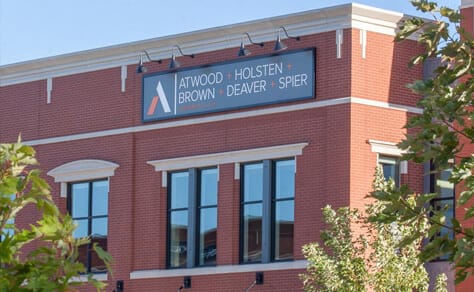As more driverless cars are developed and tested in actual roads, a study has found that their accident rate is currently at twice that of the vehicles driven by humans. The fault, however, doesn’t seem to be with the driverless cars, but a result of the interaction between these vehicles that follow traffic rules at all times and humans, who can be inattentive, aggressive or make exceptions to the rules. Nebraska drivers might be interested in finding out the risks associated with these vehicles before their use is widespread.
The study, conducted by the University of Michigan’s Transportation Research Institute, found that driverless cars have not been found at fault for any of the accidents that they were involved in. Most of the car accidents, none of which have been serious, were slow-speed rear-end accidents.
Researchers and authorities are debating how to deal with these accidents. Manufacturers have chosen to err on the side of caution and keep the cars programmed to follow all traffic rules without exceptions. However, this becomes an issue in situations such as merging into busy, fast highways and switching lanes quickly under such conditions. California has recently introduced proposed rules on how to manage driverless cars, including having a human ready to take control in emergency situations. However, executives at Google are concerned that these regulations might set the standard for the rest of the U.S.
Though driverless cars right now have a higher rate of car accidents than human-driven cars, the hope is that as researchers, programmers and regular drivers adapt to the situation, the number of accidents will decrease. In the meantime, drivers need to be attentive and cautious when they are interacting with driverless cars. If a car crash does occur, whether with a traditional or driverless vehicle, the victim can file a personal injury lawsuit.











